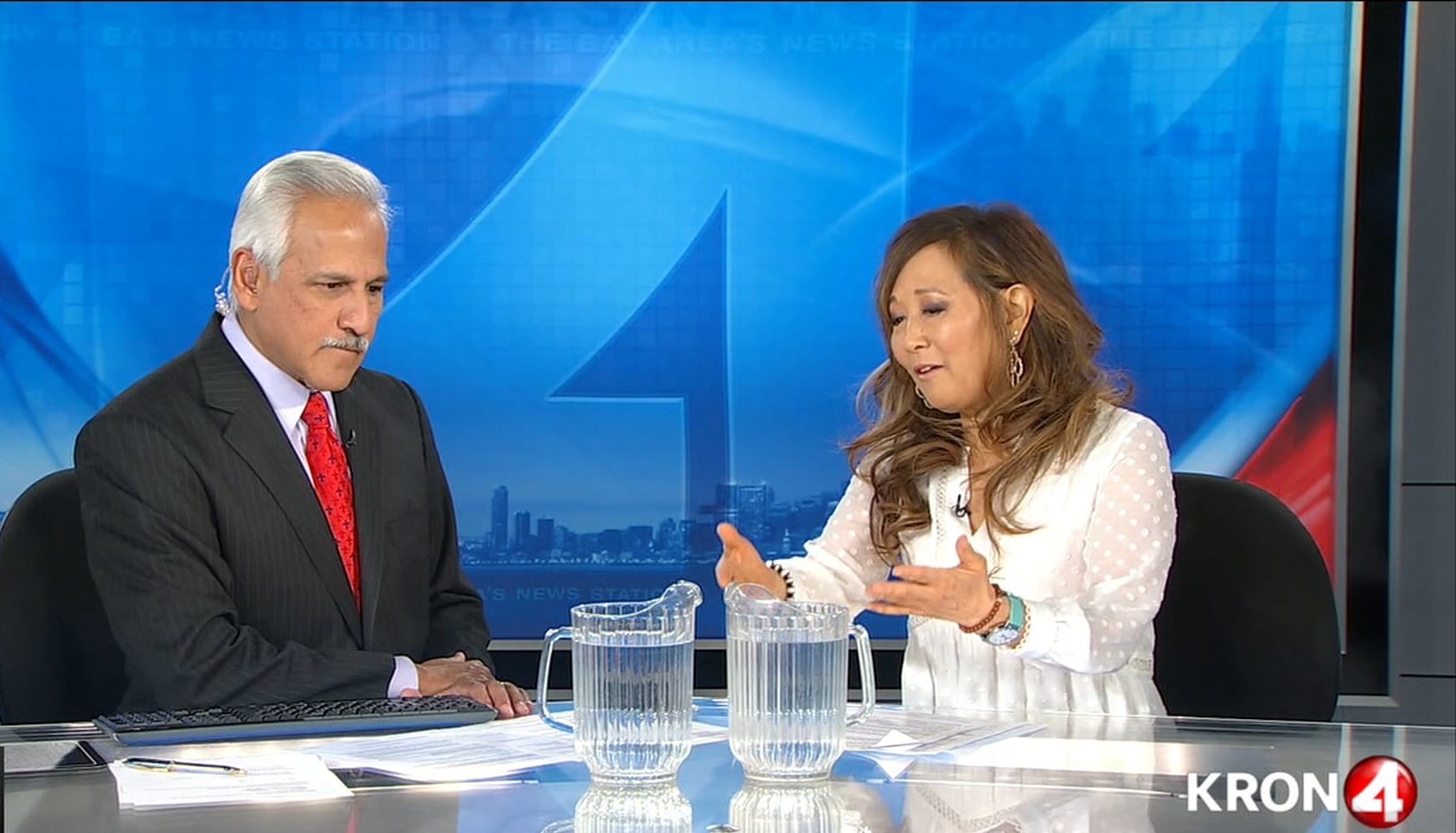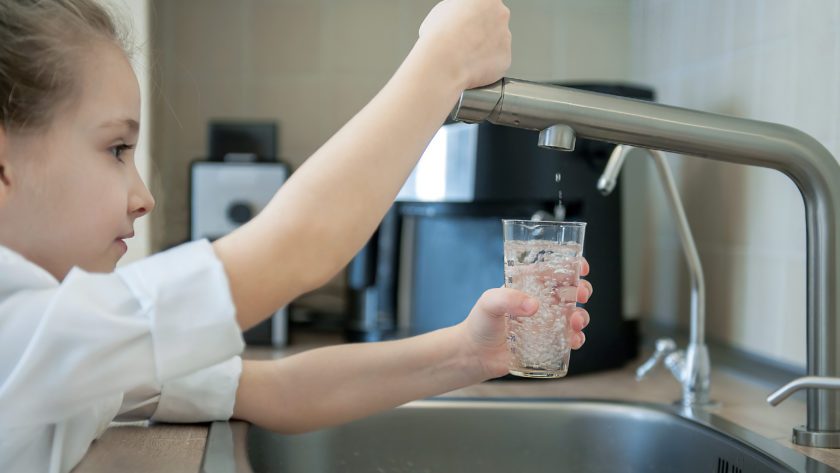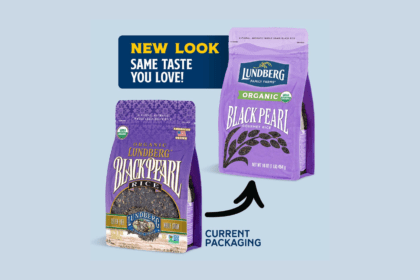Did you know that drinking water increases your risk of cancer? Contaminants (from known carcinogens to plastic particles) found in public water systems could be the cause of cancer from drinking it over the course of a lifetime. Here’s what’s lurking in the water you drink…

The Research
Researchers from the Environmental Working Group (EWG), an environmental advocacy group, conducted a nationwide water contamination study and reviewed 30 million state water records. In California, they evaluated 2,737 different public water systems.
The researchers calculated cancer risk by evaluating the reported contaminant levels from 2010 to 2015. Then they analyzed the cumulative risk based on the yearly averages of all the contaminants and took into account co-occurring contaminants*.
*NOTE: Interactions between chemical contaminants can overestimate or underestimate overall risk. More research is needed to understand the science behind these interactions.
The Three Key Contaminants Detected
 State regulators oversee the water providers which are regulated by the “Safe Drinking Water Act” and test for contaminants to ensure the water is safe to drink. EWG researchers found three key contaminants:
State regulators oversee the water providers which are regulated by the “Safe Drinking Water Act” and test for contaminants to ensure the water is safe to drink. EWG researchers found three key contaminants:
- Arsenic: Drinking water contaminated with arsenic attributed to most of the cancer risk, about 47% of estimated cancer cases.
- Disinfection byproducts
- Chromium-6 (Hexavalent)
Small Water Systems Carry the Highest Risk
The smaller utility systems carried the higher risks because they don’t have the resources and economies to improve water quality. Even so, 43% of the larger utilities carried some of the higher cancer risks.
 Click here to find out what contaminants are in your water district. You’ll be asked to enter your zip code.
Click here to find out what contaminants are in your water district. You’ll be asked to enter your zip code.
Check out EBMUD’s Water Testing Records…
The East Bay Municipal Utility District (EBMUD) has historically been know as having the “best” drinking water in the San Francisco Bay Area, but the EWG researchers found two contaminants above health guidelines. According to third quarter 2018 (July to Sept), the tap water provided by EBMUD was in compliance with federal health-based drinking water standards.
The two contaminants that were detected ABOVE health guidelines were:
 1. Chromium-6 (Hexavalent) — A carcinogen in drinking water due to industrial pollution or natural occurrences in mineral deposits and groundwater. Harm to the liver and reproductive system. Detected above the health guideline from 2013 to 2015.
1. Chromium-6 (Hexavalent) — A carcinogen in drinking water due to industrial pollution or natural occurrences in mineral deposits and groundwater. Harm to the liver and reproductive system. Detected above the health guideline from 2013 to 2015.
- Health guideline = 0.02 ppb
- EBMUD = 0.0402 ppb
- National average = 0.782 ppb
- California average = 1.69 ppb
ppb = parts per billion (one ppb is the same as one microgram per liter)
NOTE: Per EWG’s analysis and calculations, 16% of the estimated cancer cases was the result of hexavalent chromium (chromium-6), the carcinogenic chemical that was featured in the 2000 movie “Erin Brockovich” starring Julia Roberts. Back then, the EPA never set a specific limit for chromium-6 in drinking water.
 2. Total trihalomethanes (TTHMs) — Cancer-causing contaminants that form during water treatment with chlorine and other disinfectants. Detected above the health guideline from 2010 to 2015.
2. Total trihalomethanes (TTHMs) — Cancer-causing contaminants that form during water treatment with chlorine and other disinfectants. Detected above the health guideline from 2010 to 2015.
- Health guideline = 0.8 ppb
- Legal limit = 80.0 ppb
- EBMUD = 52.0 ppb
- National average = 23.7 ppb
- California average = 20.1 ppb
NOTE: Per EWG’s analysis and calculations, 33% of estimated cancer diagnoses was attributed to the byproducts of the chemicals used to disinfect the drinking water. The total trihalomethanes group includes four chemicals: 1) chloroform, 2) bromodichloromethane, 3) dibromochloromethane, and 4) bromoform.
Nine other contaminants, including aluminum and radioactive strontium-90, were detected but did not exceed the health guideline or legal limit.
Is Bottled Water Better?
Tap water is often repackaged and sold as bottled water. Some states have stricter thresholds in place for tap than for bottled water. Public bottled water records are more difficult to access because some states destroy testing reports after a year and some don’t collect them at all.
According to the EWG, bottled water is no less polluted than tap water and several popular brands were found to be contaminated with arsenic above health guidelines. To name a few: Starkey (owned by Whole Foods), Crystal Geyser, Volvic, Peñafiel from Mexico (owned by Keurig Dr Pepper)
 Arsenic consumption over extended periods of time increases cardiovascular disease risk, can lower IQ scores in children, and cause certain cancers and health problems.
Arsenic consumption over extended periods of time increases cardiovascular disease risk, can lower IQ scores in children, and cause certain cancers and health problems.
A study analyzed 259 bottled waters and found:
- Plastic particles (twice as many in bottled water vs tap water suggesting water contamination is partially coming from the packaging and/or bottling process)
- Microplastic contamination in 93%
- Industrial lubricants in 4%
Water Filters or Water Purification System
To reduce exposure to these contaminants, take steps to treat your water, but not all filters can reduce all contaminants.

First find out what’s in your water. You can use the EWG database or find a state-certified laboratory. Once you know what’s in your water, decide what contaminates you want to reduce, then compare options to treat your water, such as:
- Point-of-Use Filters: e.g., personal water bottles, pitchers, faucet mounts, under-the-sink systems, or refrigerator filters. Pitchers and faucet filters are the least rigorous at filtering out carcinogens and pathogens.
- Whole-House Filters: e.g., water softeners, whole-house chlorine filters.
Check out EWG’s Updated Water Filter Buying Guide here.
UPDATE: Find the filter that works best at filtering out specific contaminants here.
![]() Karen’s Fit Tip: As a home consumer, take steps to filter your water. As a society, take steps to get involved in managing your water resources and this problem.
Karen’s Fit Tip: As a home consumer, take steps to filter your water. As a society, take steps to get involved in managing your water resources and this problem.


![Magnifying glass_AdobeStock_188980499 [Converted]](https://thehealthreportertv.files.wordpress.com/2019/05/magnifying-glass_adobestock_188980499-converted-e1557001471466.jpg?w=266)

